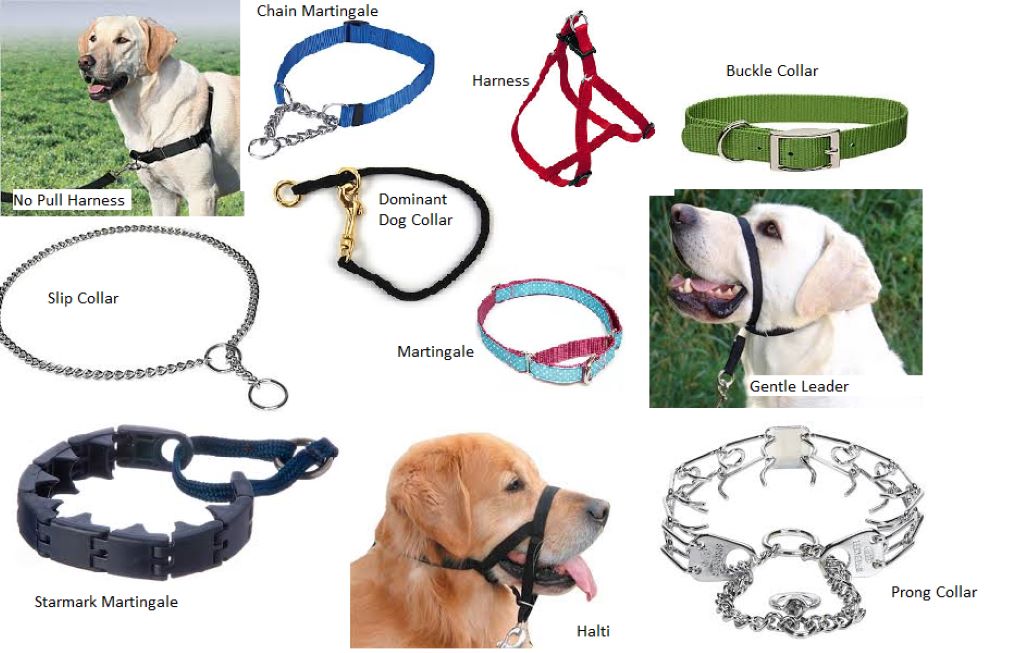There has been an ongoing debate about the use of shock collars for dogs. While some people believe that shock collars can be effective in training dogs, others have expressed concerns about their potential to cause harm. One common question that arises is, how long can a dog actually wear a shock collar? In this article, we will explore this topic in detail, taking into consideration various factors that need to be considered when using a shock collar on a dog.
Understanding Shock Collars
Before diving into the question of how long a dog can wear a shock collar, it is important to understand what shock collars are and how they work. Shock collars, also known as electronic collars or e-collars, are devices that are used to train dogs by delivering an electric shock as a form of corrective stimulus. The intensity of the shock can be adjusted based on the desired outcome, ranging from a mild sensation to a stronger jolt. While they are commonly used for training purposes, it is crucial to use them responsibly and ensure the safety and well-being of the dog.
Factors to Consider
When determining how long a dog can wear a shock collar, it is essential to take into account several factors that can affect the overall usage duration. These factors include:
1. Dog’s Age and Health
A dog’s age and overall health play a significant role in determining how long they can wear a shock collar. Older dogs or dogs with certain health conditions may be more sensitive to the shock, and it is important to consider their individual needs. It is always recommended to consult with a veterinarian before using a shock collar, especially for older dogs or those with pre-existing health conditions.
2. Training Goals
The purpose of using a shock collar on a dog is crucial in determining the duration of wearing the collar. If the collar is used for basic training and commands, it may only need to be worn during training sessions. However, if the collar is used for behavior modification or addressing specific issues, the duration may need to be longer. Consulting with a professional dog trainer can help determine the appropriate duration for specific training goals.
3. Supervision and Breaks
While shock collars can be effective tools for training, it is important to provide supervision and breaks for the dog wearing the collar. Extended periods of wearing the collar without breaks or supervision can potentially lead to discomfort, skin irritation, or other issues. It is recommended to follow the manufacturer’s guidelines and give the dog regular breaks from wearing the collar to ensure their comfort and well-being.
4. Sensitivity and Response
Each dog is unique and may respond differently to the use of a shock collar. Some dogs may be more sensitive to the sensation, while others may require a higher intensity to elicit a response. It is crucial to monitor the dog’s sensitivity and response during training sessions and adjust the intensity accordingly. The duration of wearing the collar can be determined based on the individual dog’s needs and response.
5. Alternative Training Methods
When considering using a shock collar for dog training, it is important to explore alternative methods and techniques as well. Positive reinforcement and reward-based training methods can often be effective without the need for using a shock collar. Exploring these alternatives can help reduce the overall reliance on shock collars and provide a more humane approach to training.
Conclusion
In conclusion, the question of how long a dog can wear a shock collar depends on various factors such as the dog’s age, health, training goals, supervision, and sensitivity. It is crucial to prioritize the well-being and comfort of the dog when using a shock collar and to consult with professionals, such as veterinarians or dog trainers, for guidance. It is also essential to explore alternative training methods to ensure a more humane approach to dog training.
FAQs (Frequently Asked Questions)
- Is it safe to leave a shock collar on my dog all day?
Leaving a shock collar on a dog all day is not recommended. It can cause discomfort, irritation, and potential harm to the dog. It is important to follow the manufacturer’s guidelines and give the dog regular breaks from wearing the collar.
- What is the appropriate age to start using a shock collar on a dog?
The appropriate age to start using a shock collar on a dog can vary based on the individual dog’s development and training needs. It is recommended to consult with a professional dog trainer or veterinarian to determine the appropriate age for using a shock collar.
- Can a shock collar be used on any breed of dog?
Shock collars can be used on most dog breeds; however, it is important to consider the individual dog’s size, temperament, and sensitivity level before using a shock collar. Consultation with a professional trainer or veterinarian is recommended.
- Are there any risks associated with using a shock collar?
There are potential risks associated with using a shock collar, including skin irritation, discomfort, and potential psychological impact on the dog. It is crucial to use shock collars responsibly and under professional guidance.
- Can shock collars replace positive reinforcement-based training methods?
While shock collars can be effective training tools, they should not be seen as a replacement for positive reinforcement-based training methods. It is important to explore positive reinforcement techniques and use shock collars as a last resort when other methods have not been successful.
Remember, the use of a shock collar should always prioritize the well-being and safety of the dog, and professional guidance should be sought if in doubt.




